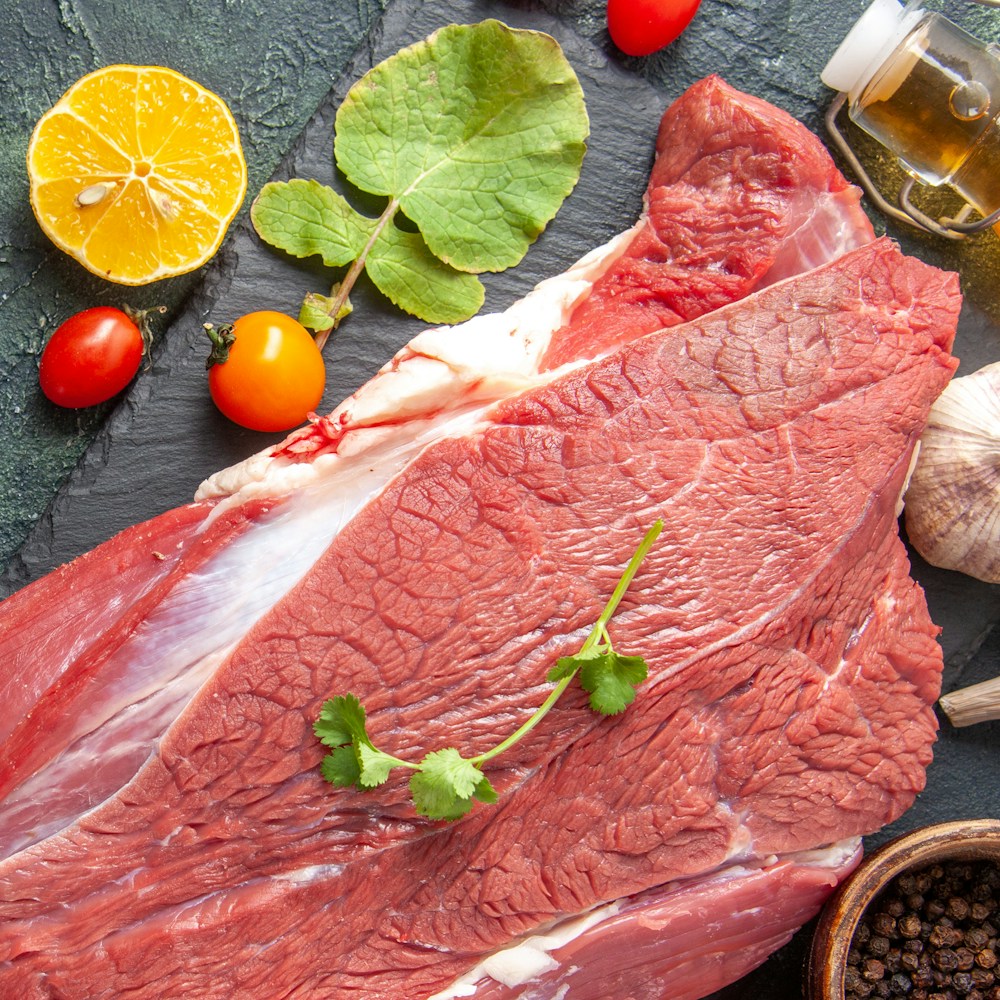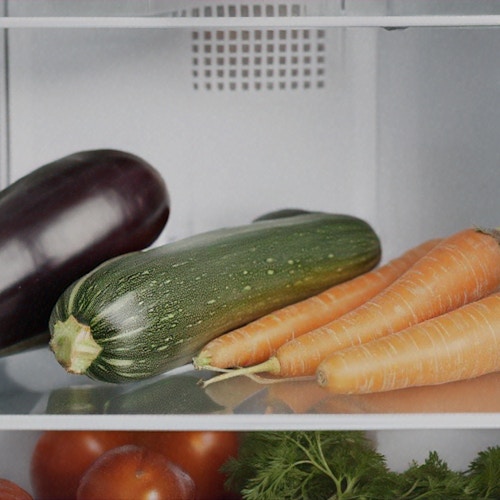
How long does meat last in the fridge? A guide to safe storage and reducing waste
→
Knowing how long meat lasts in the fridge is essential for food safety, reducing waste, and saving money. Meat is a staple in many diets, but improper storage can cause spoilage, unpleasant odors, and health risks. This comprehensive guide will help you understand the safe storage times for different types of meat, signs of spoilage, and best practices to keep your meat fresh longer.
- Factors affecting meat shelf life in the fridge
- How long does different meat last in the fridge?
- Signs meat has spoiled
- Best practices for storing meat safely
- How Shelfy enhances meat freshness and safety
- Additional tips to reduce meat waste
Factors affecting meat shelf life in the fridge
Several factors influence how long meat stays fresh in your fridge:
- Fridge temperature: maintaining your fridge below 4°C (39°F) slows bacterial growth.
- Packaging: vacuum-sealed or airtight packaging prolongs freshness by limiting exposure to air and contaminants.
- Meat type and cut: whole cuts generally last longer than ground meats, which have more surface area exposed to bacteria.

How long does different meat last in the fridge?
Here are typical safe storage times for various meats when refrigerated properly:
- Raw beef, pork, and lamb: 3 to 5 days.
- Raw ground meat (beef, pork, chicken): 1 to 2 days, due to higher bacterial risk.
- Raw chicken and turkey: 1 to 2 days.
- Cooked meat and leftovers: 3 to 4 days.
- Processed meats (bacon, ham, sausages, cold cuts): varies between 1 week unopened, 3 to 5 days once opened.
Always check packaging and use-by dates when available.
Signs meat has spoiled
Before consuming, look for these spoilage indicators:
- Color changes: brownish or green hues on meat surface.
- Off odors: sour, rancid, or ammonia-like smells.
- Slimy or sticky texture: a sign that bacteria have multiplied.
- Visible mold: never consume meat with mold growth.
When in doubt, throw it out.
Best practices for storing meat safely
- Use airtight packaging or vacuum seal: to reduce oxygen exposure.
- Store meat in the coldest part of the fridge: usually the bottom back shelf.
- Separate raw meat from other foods: to avoid cross-contamination.
- Label packages with date of purchase or cooking: to track freshness easily

How Shelfy enhances meat freshness and safety
Shelfy uses a washable ceramic photocatalytic filter to eliminate 99% of airborne bacteria in just 10 minutes. It also reduces ethylene gas and odors in your fridge.
By actively purifying fridge air, Shelfy can double the average shelf life of your fresh foods, while keeping your refrigerator odor-free. Smart sensors track door openings and temperature changes, optimizing performance and notifying you of maintenance via the Vitesy Hub app. Shelfy also supports voice commands with Google Home and Alexa.
Discover Shelfy’s benefits and order yours at vitesy.com
Additional tips to reduce meat waste
- Plan meal portions carefully: to avoid leftovers spoiling.
- Freeze meat you won’t use soon: raw meat can last several months in the freezer.
- Use Shelfy to keep fridge air clean: extending freshness and reducing waste.
- Thaw frozen meat properly: in the fridge or in cold water, never at room temperature. If using cold water, make sure the meat is sealed in a water-resistant bag to prevent direct contact with water. This reduces the risk of contamination and helps maintain the quality of the meat.
Properly storing meat is critical for safety and minimizing food waste. By following recommended storage times and best practices, and with the help of Shelfy to keep your fridge cleaner and fresher, you can enjoy safer and tastier meals.

Ready to upgrade your food storage?
Visit vitesy.com/shelfy and discover how Shelfy can transform your fridge environment.




